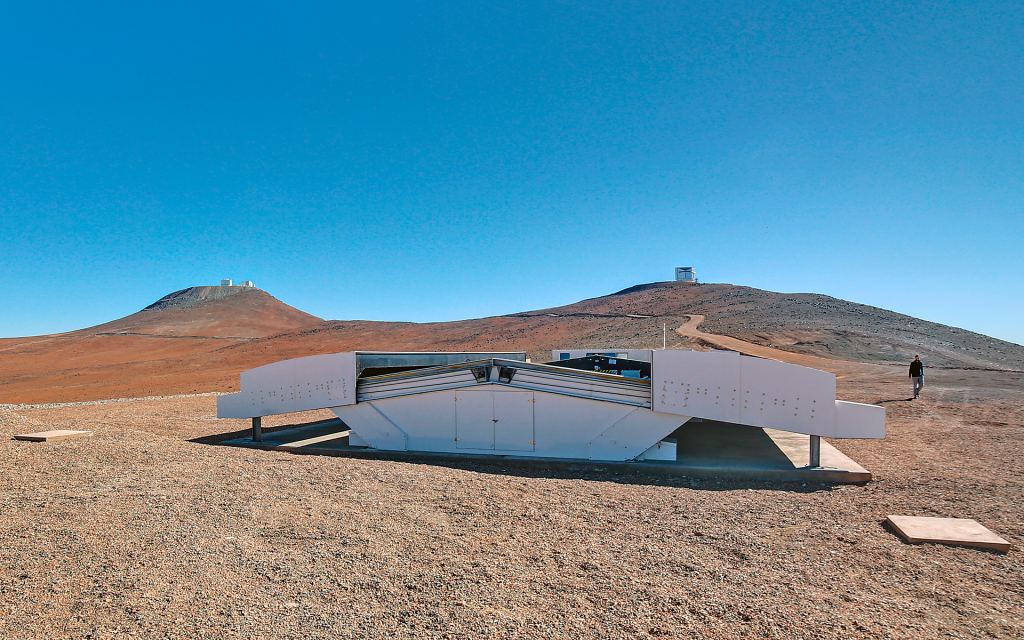Astronomers have discovered a very rare, very unusual planet in a distant solar system. The planet, called NGTS-4b, is three times the size of Earth, and about 20% smaller than Neptune. It’s hotter than our very own Mercury. At about 1,000 degrees Celsius, it would be the hottest planet if it were in our Solar System.
But what really separates this planet is its location. It’s located in what’s called the Neptunian Desert.
Astronomers employ the term “Neptunian Desert” to describe a region in solar systems so close to the star that the star’s energy would strip away the atmosphere from any planet in the desert. Since Neptune is a gas giant, basically just one big atmosphere with only a very tiny rocky core, Neptune couldn’t exist there. Hence the name, the Neptunian Desert.
Astronomers at the University of Warwick led the international collaboration that found NGTS-4b. They found it using the Next Generation Transit Survey facility, a robotic planet hunting system located at Paranal Observatory, in the Atacama desert in Chile.
What’s remarkable about this exoplanet is that it still has its atmosphere. Given its proximity to its star, the atmosphere should have been stripped away. But it’s not.
“This planet must be tough – it is right in the zone where we expected Neptune-sized planets could not survive.”
Dr. Richard West, Dept. of Physics at the University of Warwick.
In a friendly gesture towards science writers, astronomers have given NGTS-4b a much more user-friendly name: “The Forbidden Planet.” Thanks!
The Forbidden Planet has about 20 times the mass of Earth, is about 20% smaller than our very own Neptune, and travels quickly. It takes only about 1.3 days to orbit its star, or the equivalent of one Earth orbit around our Sun. Freakishly fast!
This is the first exoplanet to be found in the so-called Neptunian Desert, and just goes to show that there are still many surprises out there in the exoplanet population.

The method usually used to find exoplanets is the transit method. As an exoplanet transits in front of its star, there is a dip in starlight. Ground-based observatories using the transit method need a dip of 1% or more in order to detect an exoplanet. But the NGTS can detect a dip of only 0.2%.
Something unusual has to be happening for The Forbidden Planet to still have its atmosphere. Astronomers think that it may only recently, maybe in the last one million years or so, have migrated this close to the star. In that case, the star hasn’t had time to rip the atmosphere to shreds yet. Or else it was even more enormous and its taken this long for the star to strip it down to its current size.
“This planet must be tough – it is right in the zone where we expected Neptune-sized planets could not survive,” said Dr. Richard West from the Dept. of Physics at the University of Warwick in a press release. “It is truly remarkable that we found a transiting planet via a star dimming by less than 0.2% – this has never been done before by telescopes on the ground, and it was great to find after working on this project for a year.”
The Universe, and our Milky Way galaxy for that matter, are huge. Though the Forbidden Planet seems like an anomaly, it’s likely not unique.
“We are now scouring our data to see if we can see any more planets in the Neptune Desert – perhaps the desert is greener than was once thought.”

